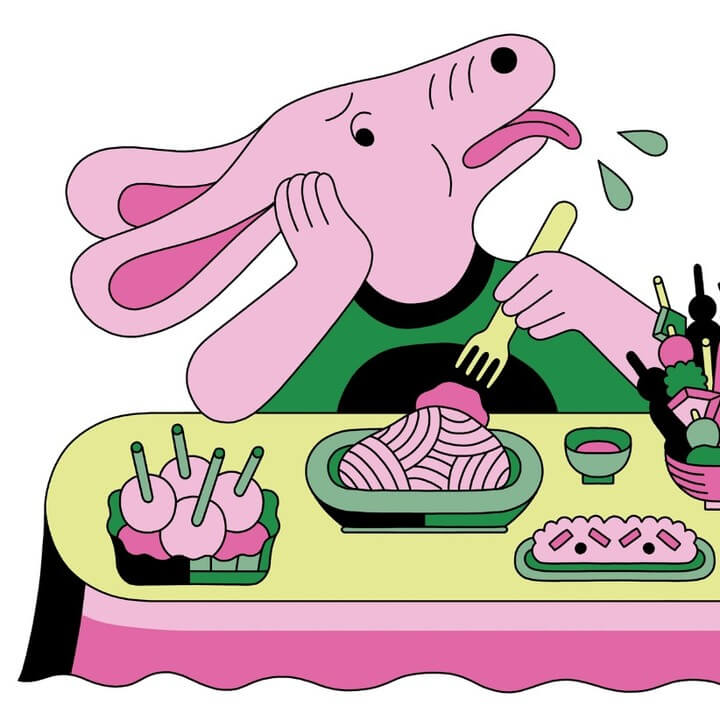Ever wondered what makes an illustration stand out? I dare say – context. Art illustrations, much like stories, are vessels for conveying complex emotions and intricate narratives.
The context in which illustrations are created and the stories it captures are the elements that breathe life into the artwork, transforming it from mere visual appeal to a profound, multidimensional experience.
Consider this illustration by cristina.spano of a human whose internal organs are other functional humans at work.
At a glance, the viewer sees human figurines arranged at varying levels, the heart as a human organ, and the outline of a human body all the way to the portrait level. However, when provided with context—a backstory where a publication about the human voice and how it works provides a foundation for the artwork, the illustration transcends the visual elements seen at first glance. It becomes a poignant narrative, evoking a deeper emotional response and fostering a connection between the viewer and the artwork.
This fusion of context and storytelling is what makes illustrations truly stand out. It allows the artist to infuse their work with layers of meaning, inviting viewers to explore and interpret the subtleties embedded within the piece. The context can be derived from historical, cultural, or personal narratives, each adding a unique dimension to the illustration.
Another interesting illustration by cristina.spano done for the New York Times’ Shop Talk column, shows a visual narrative that captures the essence of “The Girlfriend Effect” with striking clarity.
The artwork depicts a person as a somewhat ordinary character, standing slightly in the background yet noticeably enhanced by the presence of a vibrant, charismatic partner. This partner, adorned in dynamic colors and exuding an aura of confidence and allure, magnetically draws attention, subtly elevating the status and appeal of the person beside them. The illustration brilliantly encapsulates the idiom’s concept, showing how the brand’s association with a magnetic partner transforms its perception, making it appear more desirable and successful by proximity. Through this visual storytelling, the illustration not only gives clarity to the idiom through visuals but also invites viewers to ponder on the transformative power of associations in the business world.
Interestingly, storytelling within illustrations can be implicit or explicit. An implicit story might be conveyed through symbolism, color schemes, and character expressions, requiring the viewer to engage actively with the piece to unravel its hidden tales. This interactive element enhances the viewer’s experience, as they piece together the narrative puzzle laid out by artists like cristina.spano. Conversely, an explicit story might be depicted through a series of illustrations, akin to a visual novel, guiding the viewer through a carefully crafted sequence of events that unfold with each image. See a sample below.
In essence, context and stories are the soul of an illustration. They elevate the art from a static image to a dynamic narrative, rich with meaning and emotional depth. Through this blend, illustrations not only captivate the eye but also engage the mind and heart, making them memorable and impactful. An illustration without context or story is akin to a book with blank pages—it might look appealing on the surface, but it lacks the substance that makes it truly compelling.
Author : Ifeoluwa Alabi
Ifeoluwa is a mastermind at crafting captivating narratives that boosts brand appeal and strengthens customer loyalty. When not busy staff-writing at For Creative Girls, optimizing SEO or fine-tuning brand identities, you’ll likely find Ifeoluwa indulging in the fashion design, poetry and capturing life’s moments through the lens of a camera.

